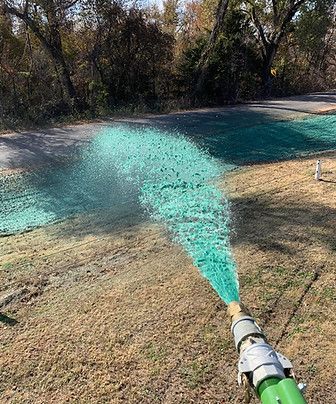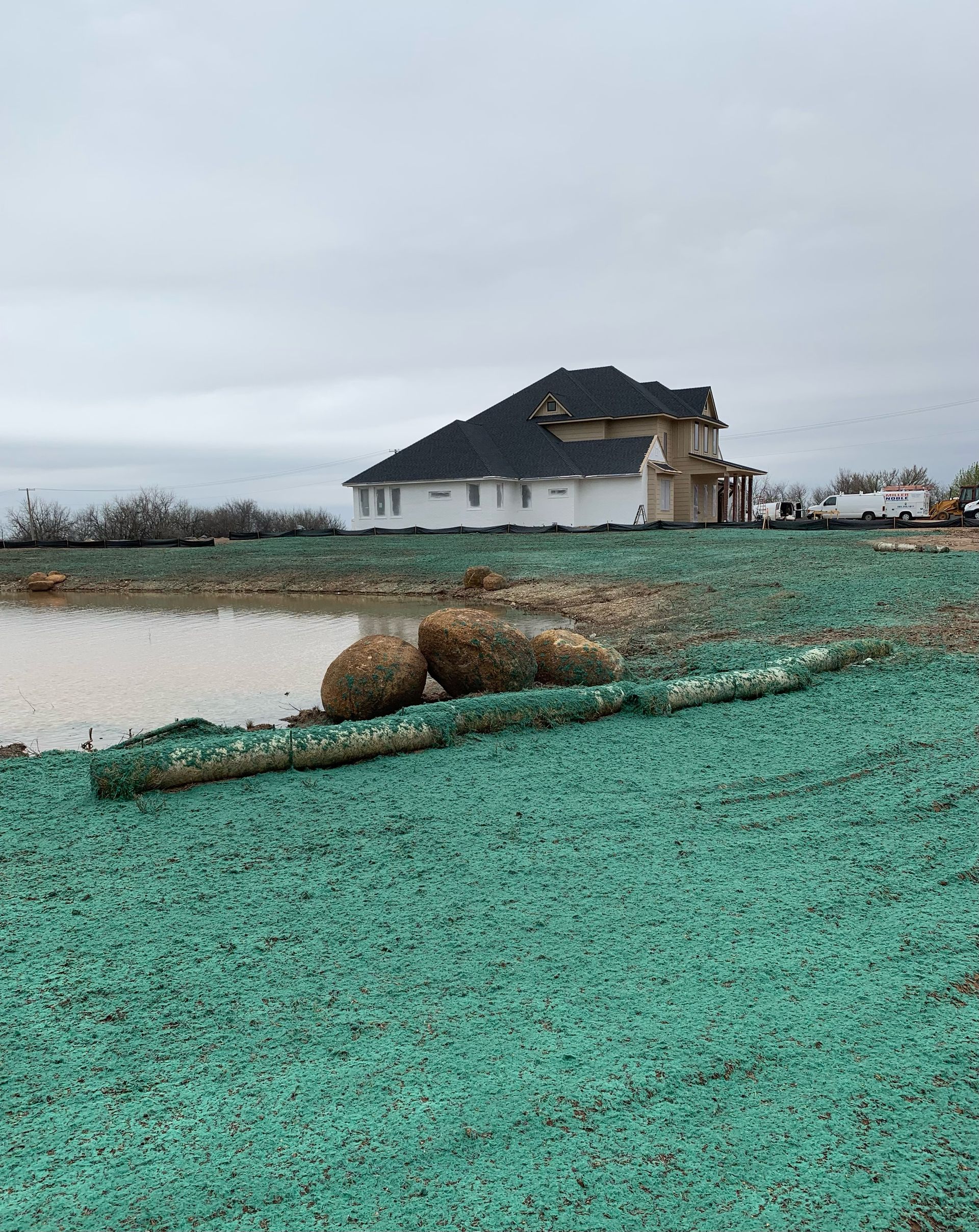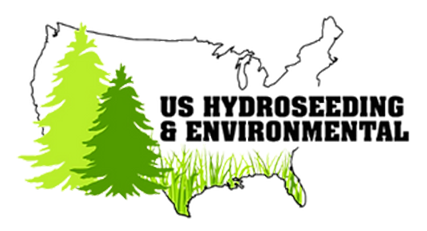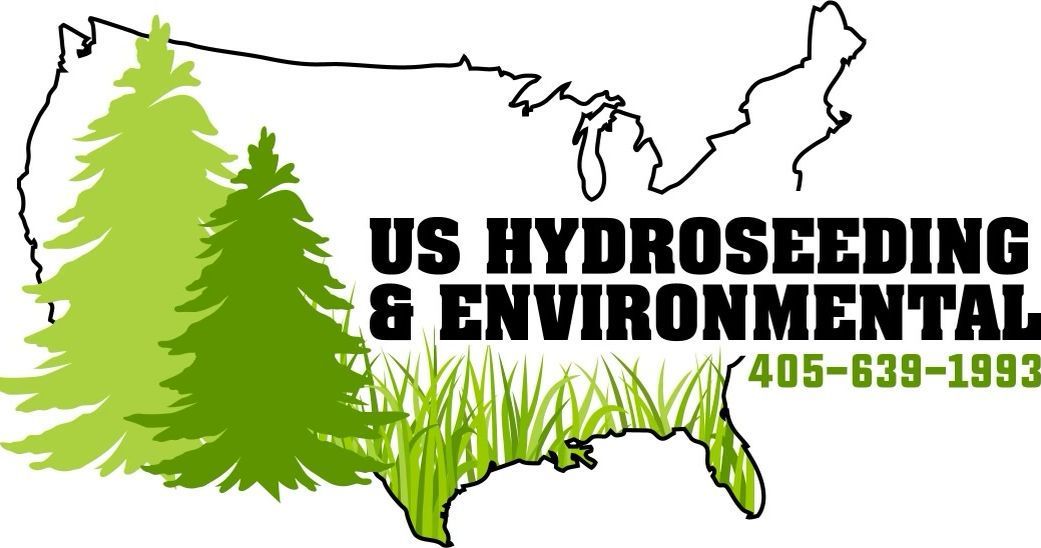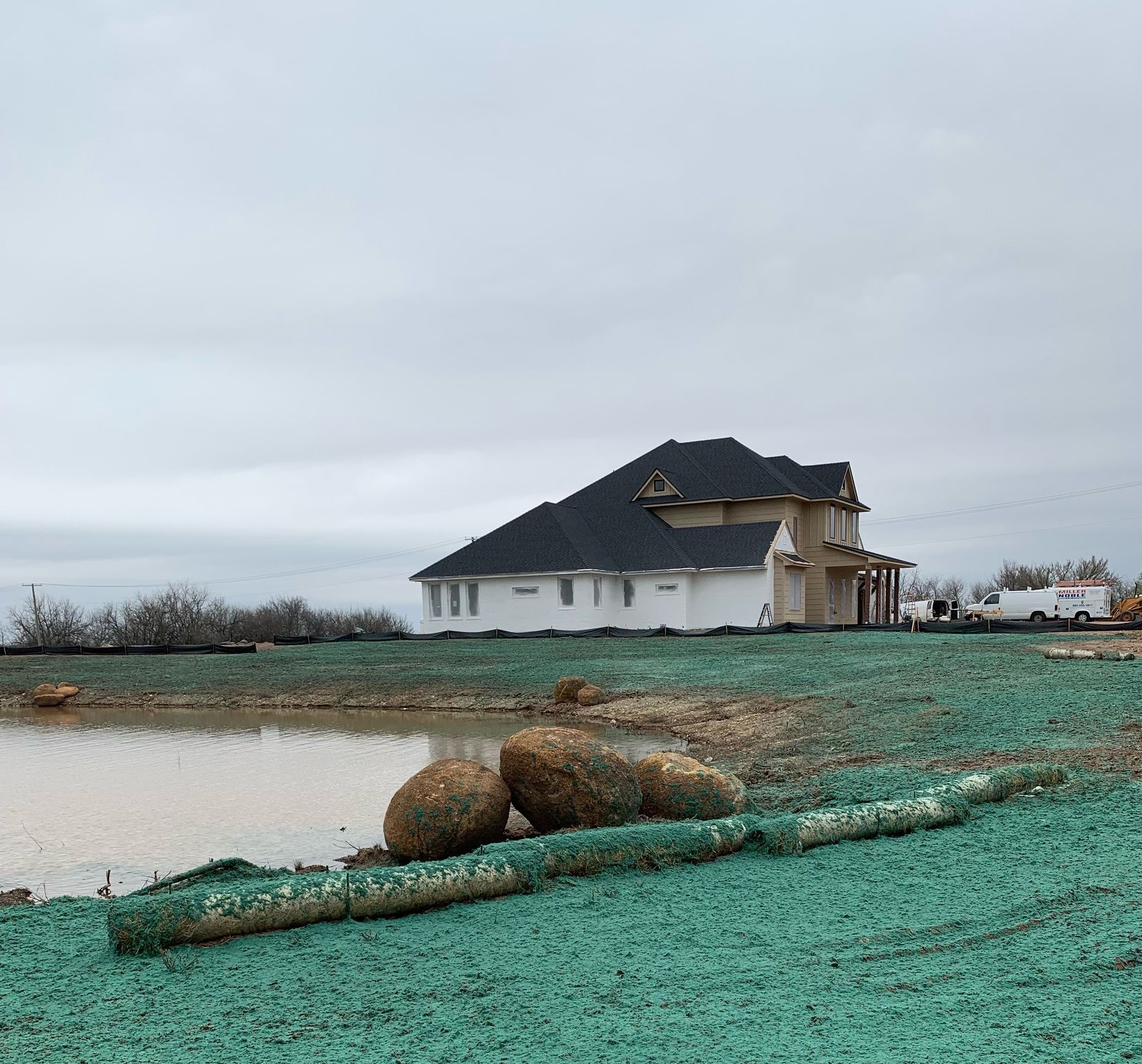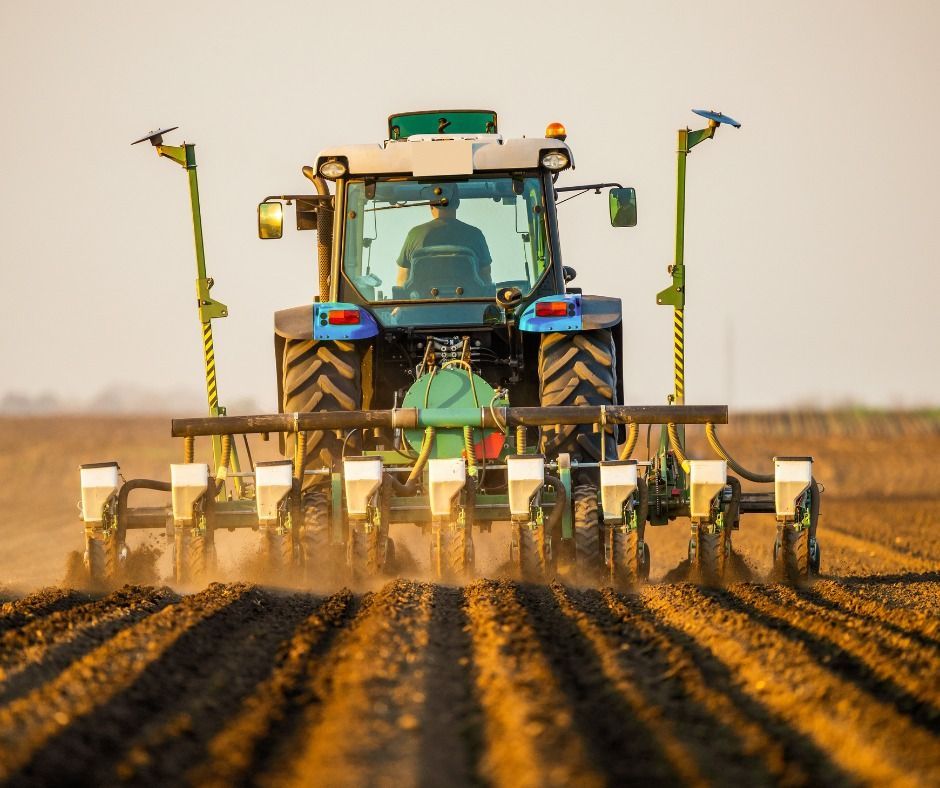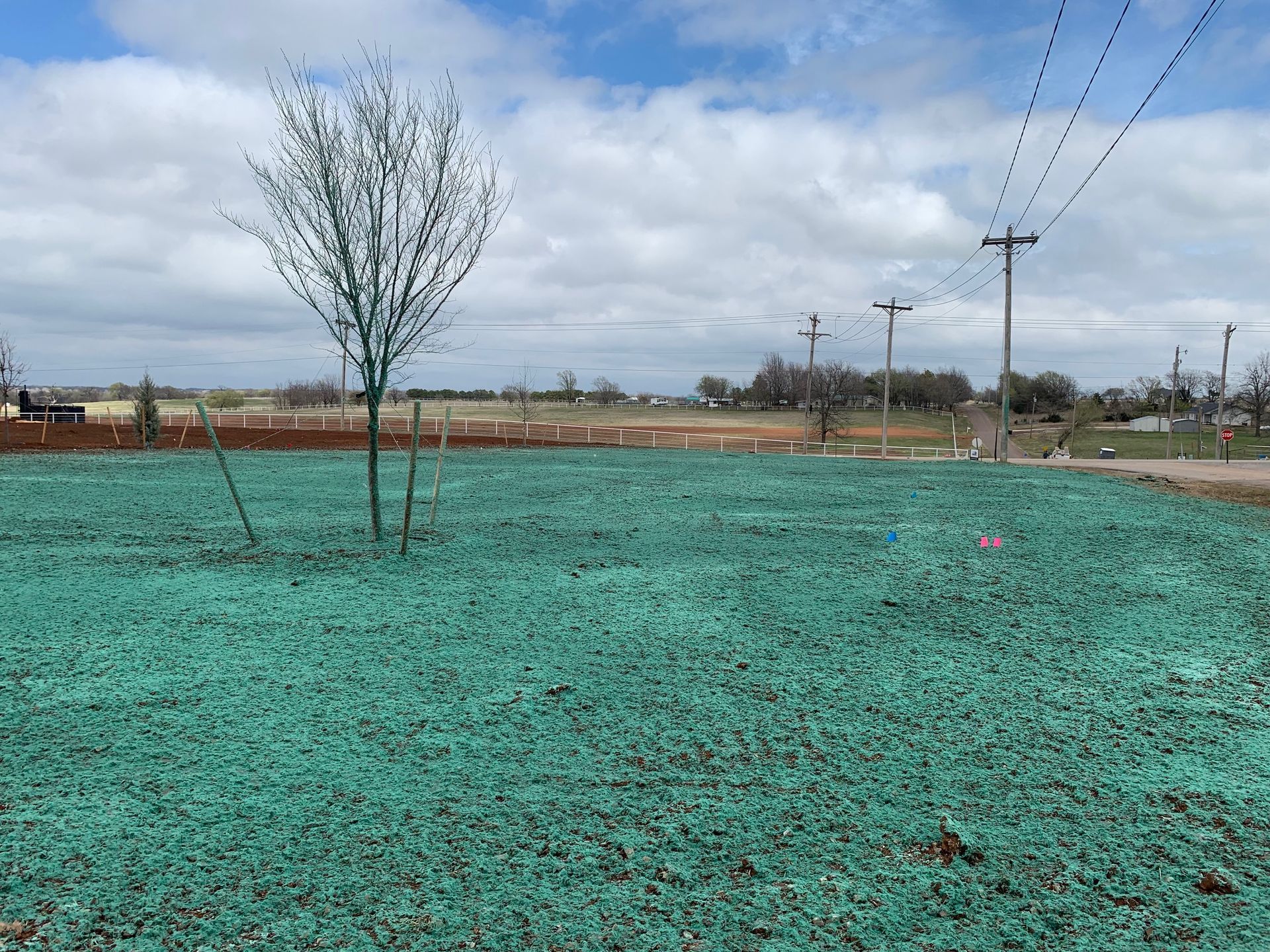The Importance and Strategies of Erosion Control
Guardians of the Earth: The Importance and Strategies of Erosion Control
Erosion, a natural process driven by wind, water, and human activities, poses a significant threat to the integrity of soil, landscapes, and ecosystems. As the Earth's surface undergoes constant transformation, erosion control emerges as a crucial practice to mitigate the adverse effects of erosion. In this comprehensive guide, we will explore the importance of erosion control, the factors contributing to soil erosion, and effective strategies for preserving the delicate balance of our environment.
The Importance of Erosion Control:
Preservation of Topsoil:
Topsoil, the upper layer of soil that is rich in nutrients and essential for plant growth, is highly susceptible to erosion. Uncontrolled erosion can strip away this vital layer, leaving the land barren and unable to support vegetation. Erosion control plays a pivotal role in preserving topsoil, ensuring the continued fertility of the land for agriculture, landscaping, and natural ecosystems.
Protection of Water Quality:
Erosion not only affects the soil but also has a direct impact on water quality. As soil erodes, it can carry sediments, pollutants, and chemicals into nearby water bodies. This runoff poses a threat to aquatic ecosystems, negatively affecting water quality, aquatic life, and the overall health of watersheds. Erosion control measures act as a barrier, preventing these contaminants from reaching water sources.
Stabilization of Slopes and Embankments:
Slopes and embankments are particularly vulnerable to erosion, especially in regions with steep terrain or heavy rainfall. Uncontrolled erosion on slopes can lead to landslides, compromising infrastructure, disrupting ecosystems, and posing risks to human safety. Erosion control measures, such as retaining walls and vegetation, help stabilize slopes and prevent potentially catastrophic events.
Safeguarding Infrastructure:
Erosion can pose a threat to infrastructure such as roads, bridges, and buildings. When soil erodes around the foundations of structures, it weakens their stability and can lead to structural failures. Erosion control techniques, including proper drainage systems and vegetation cover, help protect infrastructure from the damaging effects of soil erosion.
Promotion of Sustainable Agriculture:
Agriculture is highly dependent on the health of the soil. Erosion control is essential for sustainable agriculture, preventing the loss of valuable topsoil and maintaining soil structure. Implementing erosion control measures, such as cover cropping and contour plowing, helps farmers preserve the productivity of their land for future generations.
Conservation of Biodiversity:
Erosion can disrupt natural habitats and contribute to the loss of biodiversity. As vegetation is stripped away and soil is displaced, ecosystems may struggle to recover. Erosion control initiatives, which often involve planting native vegetation, contribute to the conservation of biodiversity by creating stable and resilient habitats.
Mitigation of Desertification:
In arid and semi-arid regions, desertification is a pressing concern where soil fertility is lost due to erosion and other factors. Erosion control is a critical component of desertification mitigation strategies, aiming to maintain soil health and prevent the spread of deserts into once fertile areas.
Factors Contributing to Soil Erosion:
Water Erosion:
Water erosion is one of the most common forms of erosion and occurs when rainfall or runoff moves soil particles from one location to another. This can take the form of sheet erosion, where a thin layer of soil is removed uniformly, or gully erosion, where concentrated flows create deep channels.
Wind Erosion:
Wind erosion occurs in dry and arid regions where strong winds can lift and transport loose soil particles. This process is particularly problematic in areas with little or no vegetation to anchor the soil. Wind erosion can lead to the formation of sand dunes and the loss of fertile topsoil.
Human Activities:
Anthropogenic activities significantly contribute to soil erosion. Deforestation, agriculture, construction, and mining can disturb natural landscapes, leaving soil exposed and vulnerable to erosion. Poor land management practices, such as overgrazing and improper irrigation, further exacerbate the impact of erosion.
Lack of Vegetative Cover:
Vegetation plays a crucial role in preventing erosion by providing ground cover that protects soil from the impact of raindrops and stabilizes the surface. Deforestation, land clearing, and poor land management practices can reduce vegetative cover, leaving soil susceptible to erosion.
Topography:
The natural features of the land, including slope and terrain, influence the susceptibility of an area to erosion. Steep slopes are more prone to erosion, especially if combined with other factors such as heavy rainfall and insufficient vegetation.
Effective Strategies for Erosion Control:
Vegetative Cover:
Planting and maintaining vegetation is one of the most effective erosion control measures. The roots of plants help bind soil particles together, preventing erosion by water and wind. Grasses, shrubs, and trees can be strategically planted in vulnerable areas to enhance vegetative cover.
Cover Cropping:
Cover cropping involves planting specific crops during non-growing seasons to protect and enrich the soil. The cover crops create a protective layer that shields the soil from erosion, improves soil structure, and adds organic matter when eventually incorporated into the soil.
Contour Plowing:
Contour plowing is a farming technique that involves plowing along the contours of the land, creating ridges that slow down water runoff. This method helps to minimize soil erosion on slopes and promotes water absorption by the soil.
Terracing:
Terracing is a practice commonly used on steep slopes. It involves creating a series of steps or platforms along the contour of the land, reducing the gradient and preventing water runoff from gaining enough force to cause erosion. Terracing is particularly effective in agricultural settings.
Retaining Walls:
Retaining walls are structures built to prevent soil from sliding down slopes. These walls provide structural support, stabilize embankments, and reduce the risk of landslides. Properly designed retaining walls can be crucial for erosion control in areas with elevated landscapes.
Mulching:
Mulching involves covering the soil surface with a layer of organic or inorganic material. Mulch acts as a protective barrier, reducing the impact of rainfall and preventing the dislodging of soil particles by wind. Mulching also helps retain soil moisture and regulate temperature.
Riparian Buffers:
Riparian buffers are strips of vegetation planted along water bodies such as rivers and streams. These buffers act as a natural filter, trapping sediments and preventing them from reaching the water. Riparian vegetation also provides habitat for wildlife and contributes to water quality improvement.
Erosion Control Blankets:
Erosion control blankets, also known as matting or netting, are materials applied to the soil surface to stabilize it and prevent erosion. These blankets are often made of biodegradable materials and help protect the soil until vegetation establishes itself.
Silt Fencing:
Silt fencing is a temporary barrier often used in construction sites to control sediment runoff. These fences are installed along the contour of the land to trap sediment-laden water, preventing it from reaching adjacent areas. Silt fencing is an effective measure for controlling erosion during construction activities and can be used in conjunction with other erosion control methods.
Hydroseeding:
Hydroseeding is a process that involves spraying a mixture of seed, mulch, fertilizer, and water onto the soil surface. This technique is particularly effective for large areas or areas with challenging terrain. Hydroseeding promotes quick vegetation growth, offering an efficient solution for erosion control.
Check Dams:
Check dams are structures built across channels or watercourses to slow down the flow of water and reduce erosion. These dams are typically made of materials such as rocks, logs, or concrete and help to dissipate the energy of flowing water, preventing downstream erosion.
Soil Stabilization Techniques:
Various soil stabilization techniques, such as the application of polymers or soil binders, can be employed to enhance the cohesion of soil particles. These additives help to create a stable soil structure, reducing susceptibility to erosion caused by water or wind.
Revegetation and Reforestation:
Restoring vegetation through revegetation or reforestation efforts is a long-term strategy for erosion control. Planting native species helps rebuild ecosystems, stabilizes the soil, and contributes to the overall health of the environment.
Proper Construction Practices:
In urban and construction settings, erosion control measures should be integrated into the planning and execution of projects. This includes implementing sediment control barriers, stabilizing exposed soil surfaces, and incorporating green infrastructure to manage stormwater runoff effectively.
Education and Awareness:
Promoting awareness about the importance of erosion control and sustainable land management practices is integral to long-term success. Education initiatives for landowners, farmers, construction professionals, and the general public can foster a collective commitment to preserving the environment and preventing erosion.
Case Studies: Successful Erosion Control Initiatives
Highway Slope Stabilization:
In a region characterized by steep slopes and heavy rainfall, a highway construction project implemented a comprehensive erosion control plan. This plan included terracing, revegetation, and the installation of silt fences. These measures stabilized the slopes, minimized soil erosion, and prevented sediment runoff into nearby water bodies.
Urban Development with Green Infrastructure:
A city undergoing rapid urbanization integrated green infrastructure into its development plans. This included the creation of green spaces, permeable pavements, and retention ponds. These features not only enhanced the city's aesthetics but also effectively managed stormwater, reducing erosion and protecting water quality.
Reforestation in Watershed Areas:
A watershed experiencing significant erosion due to deforestation and agricultural activities underwent a reforestation initiative. Native trees were planted along watercourses and on vulnerable slopes. Over time, the growing vegetation stabilized the soil, reduced runoff, and improved the health of the watershed.
Community-Led Erosion Control:
In a rural community facing erosion challenges, a community-led initiative focused on education and collective action. Residents were educated about sustainable farming practices, contour plowing, and the importance of vegetation cover. Through community engagement, the residents successfully implemented erosion control measures, preserving the fertility of their agricultural land.
Conclusion:
Erosion control is an essential aspect of environmental stewardship, playing a pivotal role in preserving the health and vitality of our landscapes. As the global community grapples with the consequences of climate change and unsustainable land management practices, the implementation of effective erosion control measures becomes increasingly critical.
From agricultural fields to construction sites, from urban developments to natural landscapes, erosion control strategies are diverse and adaptable. By addressing the root causes of erosion and employing a combination of vegetation-based, structural, and management practices, we can safeguard the Earth's soil, water resources, and ecosystems.
As we move forward, it is imperative to integrate erosion control into land use planning, construction projects, and agricultural practices. Moreover, fostering awareness and education about erosion and its consequences will empower individuals and communities to actively participate in conservation efforts.
Ultimately, erosion control is not merely a reactive response to environmental challenges but a proactive and sustainable approach to building resilience and preserving the natural balance of our planet. Through collective efforts, innovative solutions, and a commitment to responsible land management, we can become true stewards of the Earth, protecting it for current and future generations.
